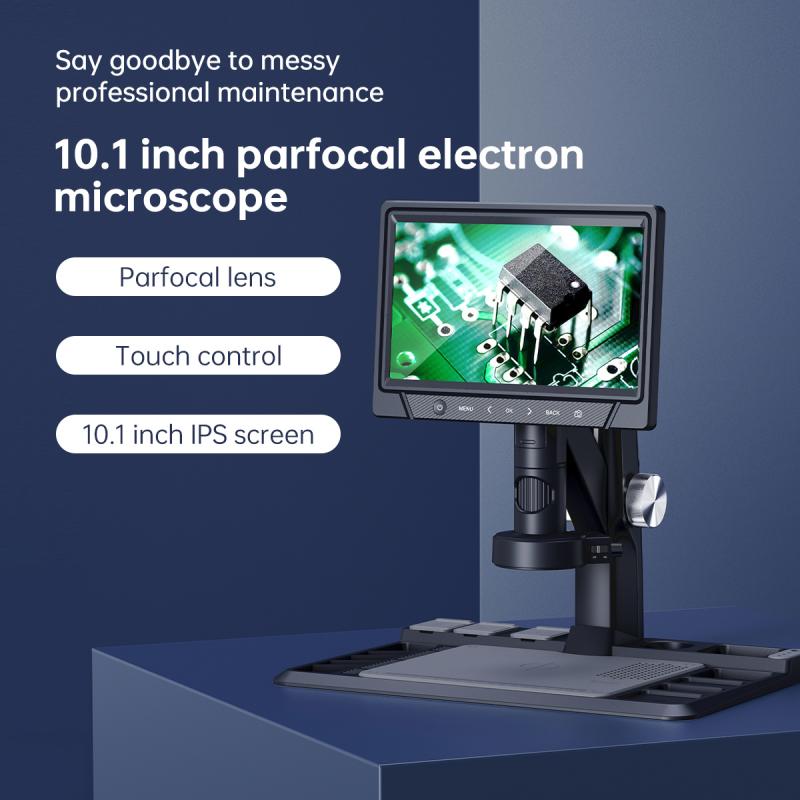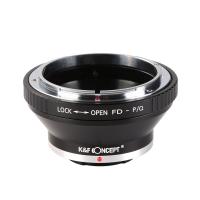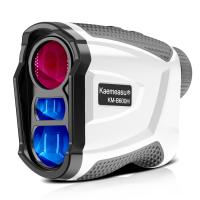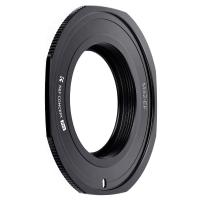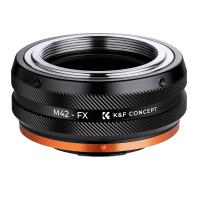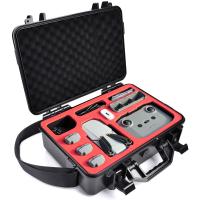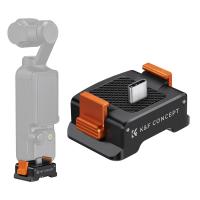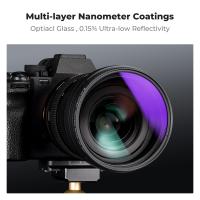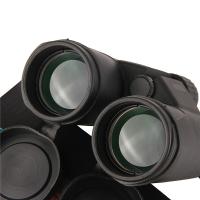What Is A Revolving Nosepiece On A Microscope ?
A revolving nosepiece, also known as a turret or objective changer, is a component of a microscope that holds multiple objective lenses. It is typically located below the microscope's stage and above the body tube. The nosepiece is designed to rotate, allowing the user to easily switch between different objective lenses without having to manually remove and insert them. This feature is essential in microscopy as different objective lenses have varying magnification powers and are used for different levels of detail and resolution. By rotating the nosepiece, the user can quickly change the magnification of the microscope, enabling them to observe the specimen at different levels of magnification without interrupting the viewing process.
1、 Rotating turret that holds multiple objective lenses on a microscope.
A revolving nosepiece on a microscope, also known as a rotating turret, is an essential component that holds multiple objective lenses. It is typically located beneath the microscope's stage and allows for easy interchangeability of lenses during observation. The nosepiece is designed to rotate smoothly, enabling the user to select the desired objective lens quickly and accurately.
The primary purpose of the revolving nosepiece is to provide different levels of magnification and resolution. Microscopes are equipped with multiple objective lenses of varying magnification powers, such as 4x, 10x, 40x, and 100x. Each lens offers a different level of detail and clarity, allowing scientists, researchers, and students to examine specimens at different levels of magnification.
By rotating the nosepiece, users can switch between objective lenses without having to manually remove and insert them. This feature saves time and ensures that the microscope remains stable and aligned during the lens change. Additionally, the revolving nosepiece allows for seamless transitions between different magnification levels, enabling users to explore the specimen at various depths and resolutions.
In recent years, advancements in microscope technology have led to the development of motorized revolving nosepieces. These automated systems can be controlled electronically, allowing for precise and effortless lens changes. Some microscopes even have intelligent software that can automatically detect and select the appropriate objective lens based on the user's requirements.
Overall, the revolving nosepiece on a microscope is a crucial component that enhances the versatility and functionality of the instrument. It enables users to explore specimens at different magnification levels, providing a comprehensive understanding of the microscopic world.

2、 Nosepiece that allows quick and precise lens selection on microscopes.
A revolving nosepiece on a microscope is a mechanism that allows for quick and precise lens selection. It is an essential component of a compound microscope, which typically has multiple objective lenses of different magnifications. The nosepiece is located below the eyepiece and holds the objective lenses in a circular arrangement.
The primary function of the revolving nosepiece is to enable the user to easily switch between different objective lenses without having to manually remove and insert them. This feature is crucial in microscopy as it allows for seamless transitions between different magnifications, facilitating detailed examination of specimens.
The nosepiece is designed to rotate smoothly, allowing the user to select the desired objective lens by simply rotating the nosepiece until the desired lens clicks into place. This mechanism ensures that the lens is securely locked in position, preventing any movement or misalignment during observation.
In addition to its convenience, the revolving nosepiece also contributes to the accuracy and precision of microscopy. The lenses are carefully calibrated and positioned on the nosepiece, ensuring that each lens is aligned with the optical path of the microscope. This alignment is crucial for maintaining accurate focus and clarity when switching between different magnifications.
Furthermore, modern microscopes often incorporate advanced features such as motorized nosepieces. These motorized nosepieces can be controlled electronically, allowing for automated lens selection and precise positioning. This automation enhances the efficiency and accuracy of microscopy, particularly in applications where rapid switching between different magnifications is required.
In conclusion, a revolving nosepiece on a microscope is a vital component that enables quick and precise lens selection. It enhances the convenience, accuracy, and efficiency of microscopy, allowing for seamless transitions between different magnifications and facilitating detailed examination of specimens.
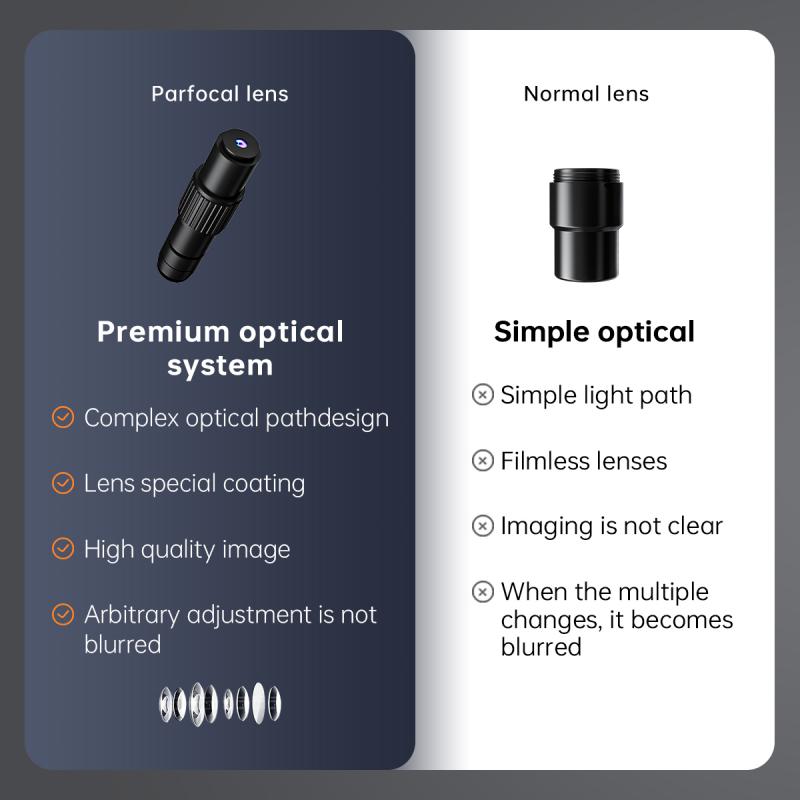
3、 Revolving mechanism for switching between different objective lenses on microscopes.
A revolving nosepiece on a microscope is a mechanism that allows for the switching between different objective lenses. The nosepiece is typically located below the eyepiece and above the stage of the microscope. It is designed to hold multiple objective lenses, which are the primary lenses responsible for magnifying the specimen being observed.
The revolving nosepiece is an essential component of a microscope as it enables the user to easily change the magnification power without having to physically switch lenses. This feature is particularly important in microscopy as different magnifications are required to observe different aspects of a specimen. By rotating the nosepiece, the user can quickly switch between low, medium, and high magnification objectives, allowing for a more detailed examination of the specimen.
The nosepiece is typically equipped with several objective lenses, each with a different magnification power. These lenses are often color-coded or labeled to indicate their magnification level, making it easier for the user to select the desired lens. The lenses themselves are threaded and can be screwed into the nosepiece, ensuring a secure fit.
In recent years, advancements in microscope technology have led to the development of motorized revolving nosepieces. These automated systems allow for the remote control of lens switching, providing convenience and precision to the user. Additionally, some microscopes now feature intelligent software that can automatically detect and select the appropriate objective lens based on the user's desired magnification level.
Overall, the revolving nosepiece on a microscope is a crucial component that enables efficient and seamless switching between different objective lenses. It plays a vital role in enhancing the versatility and functionality of microscopes, allowing for detailed examination and analysis of various specimens.
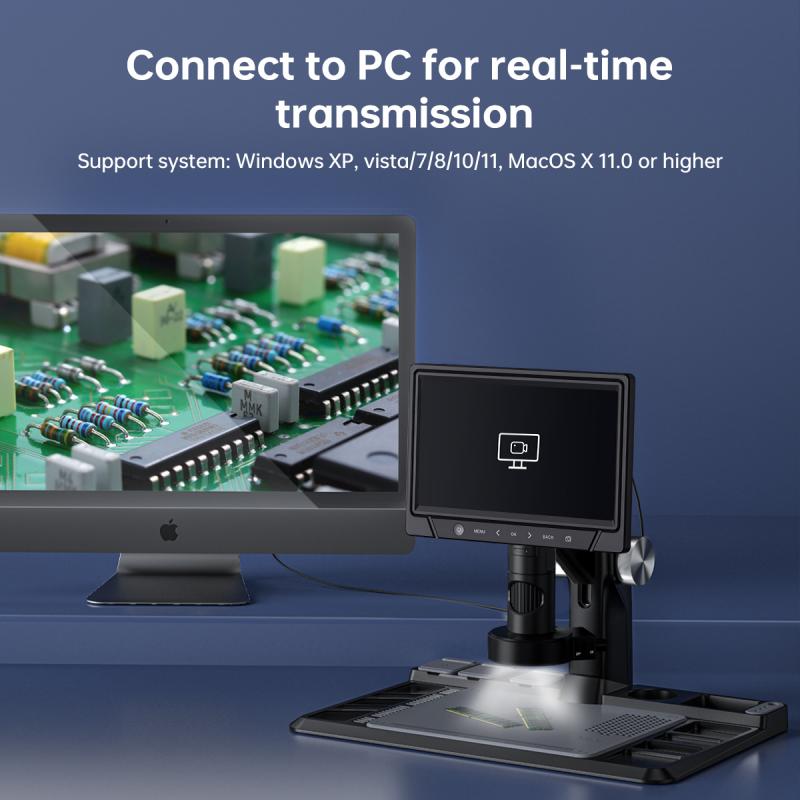
4、 Rotatable component holding objective lenses for easy magnification changes.
A revolving nosepiece on a microscope is a rotatable component that holds the objective lenses. It allows for easy and quick changes in magnification levels without the need to manually switch lenses. The nosepiece typically has multiple positions, each corresponding to a different objective lens.
The objective lenses are the primary lenses responsible for magnifying the specimen being observed under the microscope. They come in various magnification powers, such as 4x, 10x, 40x, and 100x. By rotating the nosepiece, the user can easily switch between these lenses, thereby changing the level of magnification.
The revolving nosepiece is an essential feature of modern microscopes as it enhances the convenience and efficiency of microscopy. Without it, users would have to manually remove and insert different objective lenses, which can be time-consuming and may risk damaging the lenses or the specimen.
In addition to its practicality, the revolving nosepiece also ensures accurate alignment of the objective lenses with the optical path of the microscope. This alignment is crucial for maintaining the quality and clarity of the magnified image. The nosepiece is designed to securely hold the lenses in place while allowing for smooth rotation, ensuring precise positioning and alignment.
Overall, the revolving nosepiece on a microscope is a fundamental component that enables easy magnification changes and ensures accurate alignment of the objective lenses. It greatly enhances the user experience and efficiency of microscopy, allowing for seamless transitions between different magnification levels and facilitating detailed examination of specimens.
